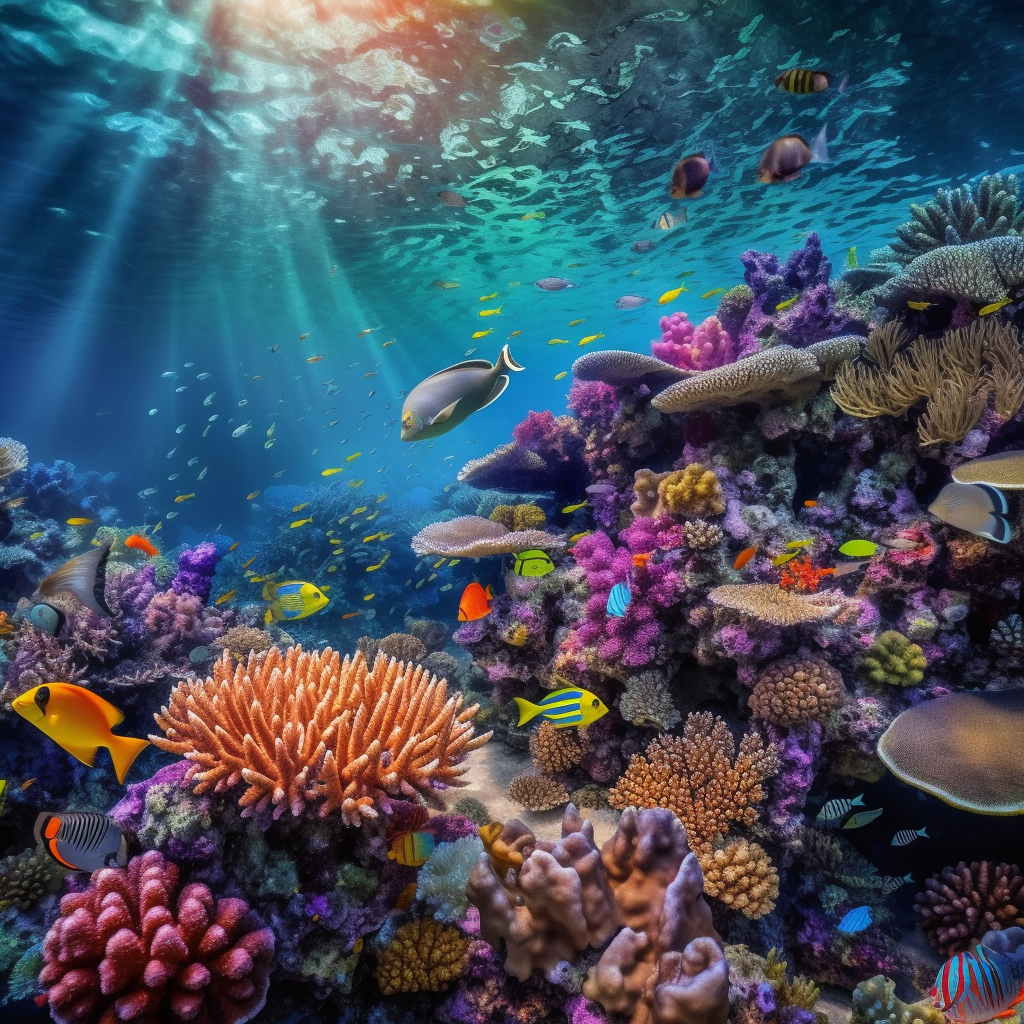May 17, 2023
UCLA Researchers Propose Innovative Approach to Carbon Sequestration
Book a Demo
The impact of climate change is undeniable, and scientists worldwide are working tirelessly to develop innovative solutions to mitigate its effects. The University of California, Los Angeles (UCLA) has recently proposed a new method for storing carbon dioxide, which could have significant implications for addressing climate change.
The process involves acidifying ocean waters to stimulate the growth of phytoplankton, which can sequester billions of tons of CO2 each year. This innovative approach has the potential to mitigate the effects of climate change, but extensive testing and refinement are required before large-scale implementation.
Artificial upwelling and phytoplankton absorption through photosynthesis are key elements of this approach. The process involves pumping nutrient-rich water from the ocean’s depths to the surface, stimulating the growth of phytoplankton, which absorb CO2 through photosynthesis. The excess CO2 is then stored in the ocean’s depths, effectively removing it from the atmosphere.
The Sea Change program at UCLA is also working to raise awareness about the impact of climate change on the ocean and develop solutions to issues such as ocean acidification, sea level rise, and overfishing. The program brings together experts from various fields and offers educational programs for K-12 students, community members, and policymakers to promote ocean literacy and sustainability.
The ocean plays a crucial role in mitigating climate change, and the Sea Change program aims to emphasize its importance. The program’s focus on education and advocacy is crucial in raising awareness about the impact of climate change on the ocean and promoting sustainable practices.
In addition to these efforts, a new carbon dioxide removal project is being developed by a consortium of companies and research institutions from Norway, Japan, and the UK. The project relies on the ocean to achieve net-zero emissions, with floating carbon capture devices extracting CO2 from the air and storing it in the ocean. The goal is to remove 10 million metric tons of CO2 per year, equivalent to the emissions of 2.1 million cars.
The project is expected to start operating in 2026 off the coast of Norway, and its innovative approach to carbon capture and storage could have significant implications for mitigating climate change. These efforts, along with the Sea Change program’s focus on education and advocacy, demonstrate the importance of collaboration and innovation in addressing the urgent issue of climate change.




